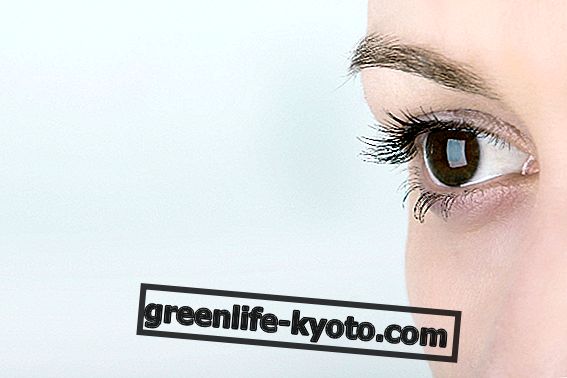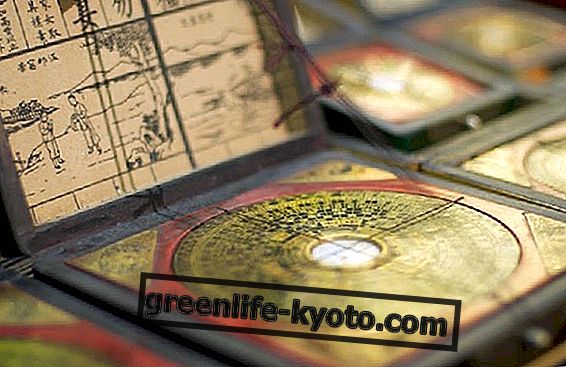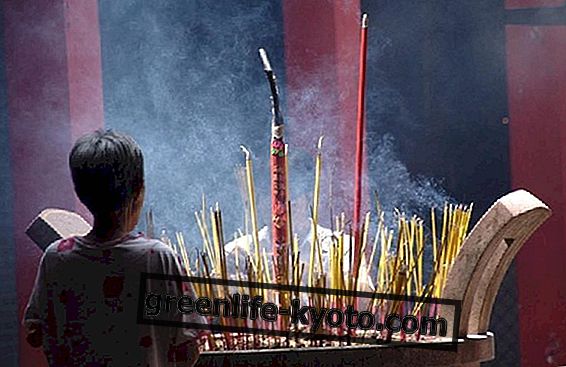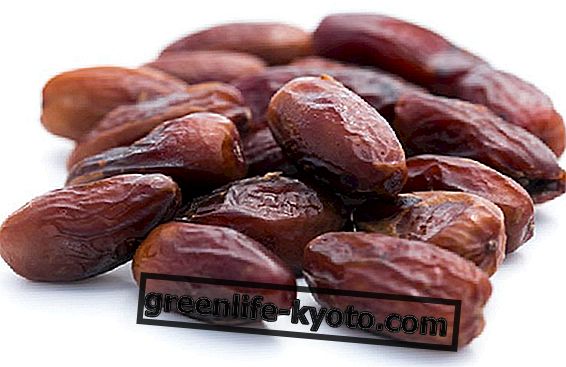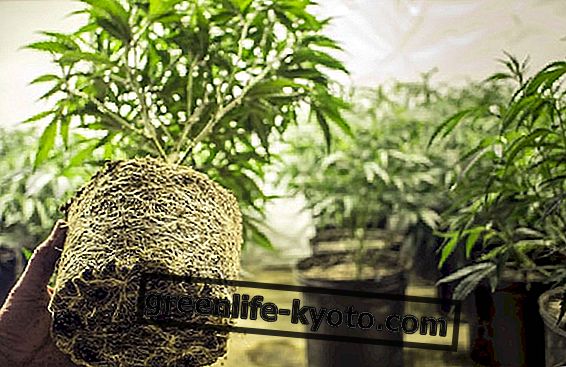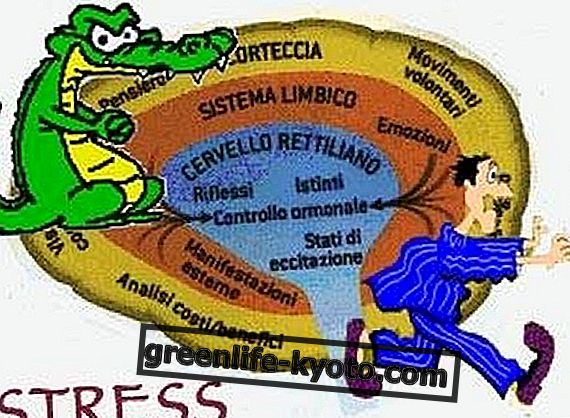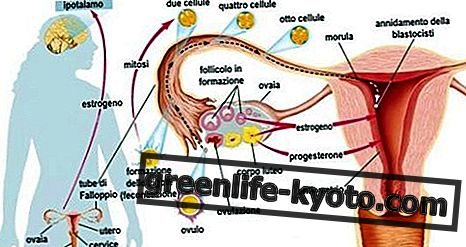
The immense territory that currently makes up the Russian state has been populated since its inception by ethnic warrior groups of various origins: protoslave, Indo-Aryanic, Mongolian, Tartar, Samoide .
One of the first forms of minimally coded combat attributable to Russian territory is bare-handed Russian boxing (" kulachniy boy ", literally "fight of fists"), of which we have traces dating back to 300 AD, until it was banned in the mid-1800s by the authorities of the Russian Empire .
With the beginning of the Soviet era the government leaders sent the war experts to study the most effective martial arts of the time to create a synthetic style to teach their own troops and to their own law enforcement agencies: this is how the sambo originated .
From that moment on, Russian interest in martial arts began to flourish again, giving rise to other martial arts, the most famous of which are systema and ROSS.
Russian martial arts: Sambo
During the second decade of the last century, the Red Army succeeded in developing its own martial art, currently one of the most practiced sports in Russia, Ukraine, Belarus and Bulgaria: the sambo .
The name is an acronym of the Russian expression "samozashchita bez oruzhiya", or "self-defense with bare hands". Basically it is a hybrid art, which mixes techniques from judo, ju-jitsu, wrestling, and numerous forms of traditional struggle typical of Central Asia .
There are different versions of sambo :
- the sporting one, similar to judo, foresees the use only of the upper part of the uniform ( kurtka ), which is allowed to cling, and allows the grips to the legs and feet, although it prohibits the techniques of strangulation and suffocation.
- The combat sambo is a hard core version, which also allows the use of fists, elbows, kicks and knees (the helmet is a must) making it very similar to the current MMA.
- Finally there is the American sambo, developed precisely in America, which incorporates the sports sambo adding all the techniques of suffocation, pressure to the spine and twisting of the ankles that would normally be prohibited.
Russian martial arts: Systema
The Russian martial art known as systema has appeared quite recently in the martial scene, with a certain media appeal.
As the name reveals, this art is a real complex system, which claims to teach its practitioners how to find themselves mastering their bodies, their minds, their willpower, and even their own soul, as a system claims its origins in the Russian Orthodox Christian religious corpus.
It is a martial art based on self- defense, so it seeks effectiveness and does not require competition. The workouts are quite intense, often in nature to temper the body and the will, with techniques of meditation and breath control, study of pressure points, fight against the stick and dagger, fighting and fencing techniques.
One of the important characteristics of this art is the need for a total absence of contractions, therefore a relaxation and an all-round elasticity, to be applied with a spirit devoid of tension, fear, anger.
Evolution of Russian martial arts
The sambo, developed by two Russian masters in the twenties and thirties, has reached full maturity, becoming a martial art recognized and respected throughout the world.
As mentioned, it originates from various arts: judo, ju-jitsu, shuai jiao, wrestling, kurash, and other popular fights. In addition to Russia and the former Russian republics, it is also quite successful in Canada, USA and Bulgaria in the Balkan countries .
Systema and ROSS ("Rossiyskaya Otechestvennaya Samozashchity System", translated as " Russian autochthonous self-defense system ") seem to derive from various Slavic and, before that, Indo-Iranian combat systems, banned at the time of the Russian Empire, and remained alive thanks to an obscure and well-hidden transmission, which only today comes alive without fear.
Russian martial arts today
Together with the Brazilian jiu-jitsu, the sambo is the style of struggle most studied and practiced by professionals of mixed martial arts, because of its effectiveness and applicability.
In particular, Fedor Emilianenko, considered the greatest fighter in history, was a sambo champion and demonstrated to the whole world its total effectiveness, being able to close distances quickly as the best wrestler, projecting the opponent as the best judoka, and subdue it as the best jujitsuka.
Systema and, to a lesser extent, ROSS, on the other hand, are carving out a respectable place in the world of self-defense, alongside krav maga and wing chun.



